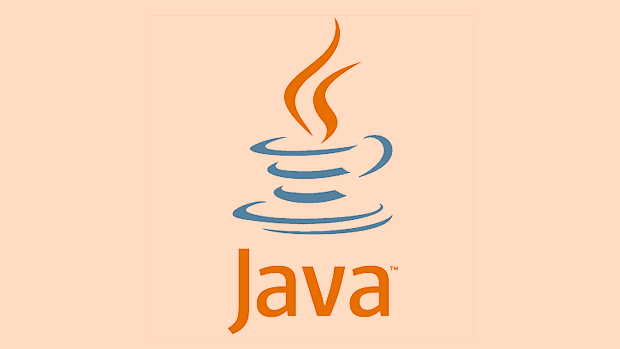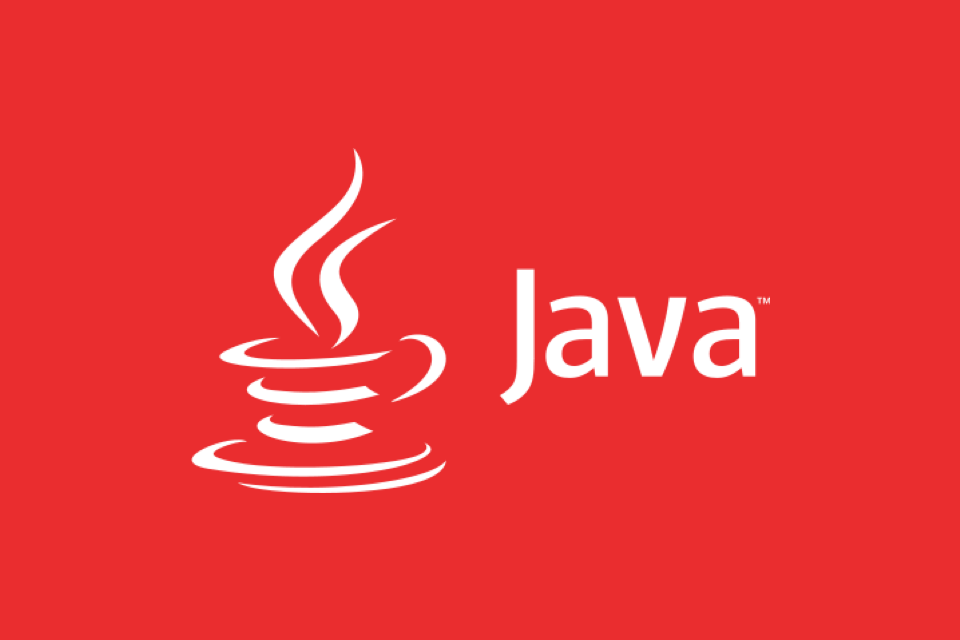Mastering Unit and Integration Testing in Java with JUnit 5 and Mockito
Jul 29, 2025 am 01:24 AMTo master Java testing with JUnit 5 and Mockito, use unit tests for isolated code with mocked dependencies and integration tests for real component interactions. 1. Unit tests focus on single methods or classes using @Mock and @InjectMocks to isolate logic. 2. Integration tests validate full workflows, often with @SpringBootTest to load real beans. 3. Write clear, focused tests following AAA (Arrange, Act, Assert). 4. Use @ParameterizedTest for multiple inputs. 5. Follow best practices: name tests clearly, avoid test logic, and keep tests independent. Mockito enables behavior simulation, JUnit 5 provides structure, and Spring Boot supports integration scenarios, together ensuring reliable, maintainable applications.

Testing is a critical part of building reliable Java applications. With JUnit 5 and Mockito, you get a powerful combination for writing effective unit and integration tests. Here’s how to master them in practice.

1. Understanding Unit vs. Integration Testing
Before diving into tools, clarify the purpose of each test type:
- Unit Testing: Focuses on isolated pieces of code (like a single method or class). Dependencies are mocked or stubbed to ensure the test runs quickly and predictably.
- Integration Testing: Tests how multiple components work together—e.g., service layer with repository, or API endpoints with real database interactions.
Key difference: Unit tests are fast and narrow; integration tests are slower but validate real interactions.

Use JUnit 5 for both, but structure and configuration differ. Mockito shines in unit tests by simulating dependencies.
2. Writing Effective Unit Tests with JUnit 5 and Mockito
Start by adding dependencies (Maven example):

<dependency>
<groupId>org.junit.jupiter</groupId>
<artifactId>junit-jupiter</artifactId>
<version>5.10.0</version>
<scope>test</scope>
</dependency>
<dependency>
<groupId>org.mockito</groupId>
<artifactId>mockito-core</artifactId>
<version>5.7.0</version>
<scope>test</scope>
</dependency>Example: Service Layer with Mocked Repository
public class UserService {
private final UserRepository userRepository;
public UserService(UserRepository userRepository) {
this.userRepository = userRepository;
}
public User createUser(String name, String email) {
if (name == null || name.isBlank()) {
throw new IllegalArgumentException("Name is required");
}
User user = new User(name, email);
return userRepository.save(user);
}
}Test with Mockito:
@ExtendWith(MockitoExtension.class)
class UserServiceTest {
@Mock
private UserRepository userRepository;
@InjectMocks
private UserService userService;
@Test
void should_CreateUser_When_ValidInput() {
// Arrange
User savedUser = new User("John", "john@example.com");
when(userRepository.save(any(User.class))).thenReturn(savedUser);
// Act
User result = userService.createUser("John", "john@example.com");
// Assert
assertNotNull(result);
assertEquals("John", result.getName());
verify(userRepository, times(1)).save(any(User.class));
}
@Test
void should_ThrowException_When_NameIsEmpty() {
// Act & Assert
assertThrows(IllegalArgumentException.class, () -> {
userService.createUser("", "invalid@example.com");
});
}
}Key Mockito Features:
@Mock– Creates a mock instance.@InjectMocks– Injects mocks into the target class.when(...).thenReturn(...)– Defines mock behavior.verify(...)– Ensures certain methods were called.
Keep unit tests focused. One test per scenario. Test edge cases.
3. Writing Integration Tests with JUnit 5 and Spring Boot (Optional but Common)
For integration tests, you often use Spring Boot Test support. This boots up the application context with real beans.
Add dependency:
<dependency>
<groupId>org.springframework.boot</groupId>
<artifactId>spring-boot-starter-test</artifactId>
<scope>test</scope>
</dependency>Example:
@SpringBootTest
class UserServiceIntegrationTest {
@Autowired
private UserService userService;
@Autowired
private UserRepository userRepository;
@Test
void should_SaveUser_ToDatabase() {
// Act
User user = userService.createUser("Alice", "alice@example.com");
// Assert
assertNotNull(user.getId()); // DB-generated
assertTrue(userRepository.findById(user.getId()).isPresent());
}
@AfterEach
void tearDown() {
userRepository.deleteAll();
}
}Use @SpringBootTest to load full context. For lighter tests, consider @DataJpaTest if only testing repository layer.
Tip: Use
@TestPropertySourceor@DynamicPropertySourceto override DB URLs or ports during testing.
4. Best Practices to Master Testing
- Name Tests Clearly: Use
should_doX_when_condition()pattern. - Follow AAA: Arrange, Act, Assert – structure every test.
- Avoid Logic in Tests: No loops, conditionals, or complex calculations.
- Test One Thing: Each test should verify a single behavior.
- Use Assertions Wisely: JUnit 5 offers rich assertions like
assertAll(),assertThrows(),assertTimeout(). - Don’t Mock Value Objects: Only mock dependencies that cross boundaries (repositories, services, APIs).
- Keep Tests Independent: No shared state between tests.
Also, consider:
- Using
@DisplayNamefor readable test output. - Group related tests with
@Nested. - Leveraging
@ParameterizedTestfor multiple input variations.
Example:
@ParameterizedTest
@ValueSource(strings = {"test@example.com", "admin@domain.com"})
void should_AcceptValidEmails(String email) {
User user = userService.createUser("Valid", email);
assertEquals(email, user.getEmail());
}Basically, mastering testing in Java comes down to consistency, clarity, and using the right tool for the job: JUnit 5 for structure and execution, Mockito for isolation, and Spring Boot test utilities when integrating real components. The more you write tests like this, the more natural they become—not just as a chore, but as a design tool.
The above is the detailed content of Mastering Unit and Integration Testing in Java with JUnit 5 and Mockito. For more information, please follow other related articles on the PHP Chinese website!

Hot AI Tools

Undress AI Tool
Undress images for free

Undresser.AI Undress
AI-powered app for creating realistic nude photos

AI Clothes Remover
Online AI tool for removing clothes from photos.

Clothoff.io
AI clothes remover

Video Face Swap
Swap faces in any video effortlessly with our completely free AI face swap tool!

Hot Article

Hot Tools

Notepad++7.3.1
Easy-to-use and free code editor

SublimeText3 Chinese version
Chinese version, very easy to use

Zend Studio 13.0.1
Powerful PHP integrated development environment

Dreamweaver CS6
Visual web development tools

SublimeText3 Mac version
God-level code editing software (SublimeText3)

Hot Topics
 What is the `enum` type in Java?
Jul 02, 2025 am 01:31 AM
What is the `enum` type in Java?
Jul 02, 2025 am 01:31 AM
Enums in Java are special classes that represent fixed number of constant values. 1. Use the enum keyword definition; 2. Each enum value is a public static final instance of the enum type; 3. It can include fields, constructors and methods to add behavior to each constant; 4. It can be used in switch statements, supports direct comparison, and provides built-in methods such as name(), ordinal(), values() and valueOf(); 5. Enumeration can improve the type safety, readability and flexibility of the code, and is suitable for limited collection scenarios such as status codes, colors or week.
 What is the interface segregation principle?
Jul 02, 2025 am 01:24 AM
What is the interface segregation principle?
Jul 02, 2025 am 01:24 AM
Interface Isolation Principle (ISP) requires that clients not rely on unused interfaces. The core is to replace large and complete interfaces with multiple small and refined interfaces. Violations of this principle include: an unimplemented exception was thrown when the class implements an interface, a large number of invalid methods are implemented, and irrelevant functions are forcibly classified into the same interface. Application methods include: dividing interfaces according to common methods, using split interfaces according to clients, and using combinations instead of multi-interface implementations if necessary. For example, split the Machine interfaces containing printing, scanning, and fax methods into Printer, Scanner, and FaxMachine. Rules can be relaxed appropriately when using all methods on small projects or all clients.
 Asynchronous Programming Techniques in Modern Java
Jul 07, 2025 am 02:24 AM
Asynchronous Programming Techniques in Modern Java
Jul 07, 2025 am 02:24 AM
Java supports asynchronous programming including the use of CompletableFuture, responsive streams (such as ProjectReactor), and virtual threads in Java19. 1.CompletableFuture improves code readability and maintenance through chain calls, and supports task orchestration and exception handling; 2. ProjectReactor provides Mono and Flux types to implement responsive programming, with backpressure mechanism and rich operators; 3. Virtual threads reduce concurrency costs, are suitable for I/O-intensive tasks, and are lighter and easier to expand than traditional platform threads. Each method has applicable scenarios, and appropriate tools should be selected according to your needs and mixed models should be avoided to maintain simplicity
 Differences Between Callable and Runnable in Java
Jul 04, 2025 am 02:50 AM
Differences Between Callable and Runnable in Java
Jul 04, 2025 am 02:50 AM
There are three main differences between Callable and Runnable in Java. First, the callable method can return the result, suitable for tasks that need to return values, such as Callable; while the run() method of Runnable has no return value, suitable for tasks that do not need to return, such as logging. Second, Callable allows to throw checked exceptions to facilitate error transmission; while Runnable must handle exceptions internally. Third, Runnable can be directly passed to Thread or ExecutorService, while Callable can only be submitted to ExecutorService and returns the Future object to
 Best Practices for Using Enums in Java
Jul 07, 2025 am 02:35 AM
Best Practices for Using Enums in Java
Jul 07, 2025 am 02:35 AM
In Java, enums are suitable for representing fixed constant sets. Best practices include: 1. Use enum to represent fixed state or options to improve type safety and readability; 2. Add properties and methods to enums to enhance flexibility, such as defining fields, constructors, helper methods, etc.; 3. Use EnumMap and EnumSet to improve performance and type safety because they are more efficient based on arrays; 4. Avoid abuse of enums, such as dynamic values, frequent changes or complex logic scenarios, which should be replaced by other methods. Correct use of enum can improve code quality and reduce errors, but you need to pay attention to its applicable boundaries.
 Understanding Java NIO and Its Advantages
Jul 08, 2025 am 02:55 AM
Understanding Java NIO and Its Advantages
Jul 08, 2025 am 02:55 AM
JavaNIO is a new IOAPI introduced by Java 1.4. 1) is aimed at buffers and channels, 2) contains Buffer, Channel and Selector core components, 3) supports non-blocking mode, and 4) handles concurrent connections more efficiently than traditional IO. Its advantages are reflected in: 1) Non-blocking IO reduces thread overhead, 2) Buffer improves data transmission efficiency, 3) Selector realizes multiplexing, and 4) Memory mapping speeds up file reading and writing. Note when using: 1) The flip/clear operation of the Buffer is easy to be confused, 2) Incomplete data needs to be processed manually without blocking, 3) Selector registration must be canceled in time, 4) NIO is not suitable for all scenarios.
 Exploring Different Synchronization Mechanisms in Java
Jul 04, 2025 am 02:53 AM
Exploring Different Synchronization Mechanisms in Java
Jul 04, 2025 am 02:53 AM
Javaprovidesmultiplesynchronizationtoolsforthreadsafety.1.synchronizedblocksensuremutualexclusionbylockingmethodsorspecificcodesections.2.ReentrantLockoffersadvancedcontrol,includingtryLockandfairnesspolicies.3.Conditionvariablesallowthreadstowaitfor
 How Java ClassLoaders Work Internally
Jul 06, 2025 am 02:53 AM
How Java ClassLoaders Work Internally
Jul 06, 2025 am 02:53 AM
Java's class loading mechanism is implemented through ClassLoader, and its core workflow is divided into three stages: loading, linking and initialization. During the loading phase, ClassLoader dynamically reads the bytecode of the class and creates Class objects; links include verifying the correctness of the class, allocating memory to static variables, and parsing symbol references; initialization performs static code blocks and static variable assignments. Class loading adopts the parent delegation model, and prioritizes the parent class loader to find classes, and try Bootstrap, Extension, and ApplicationClassLoader in turn to ensure that the core class library is safe and avoids duplicate loading. Developers can customize ClassLoader, such as URLClassL






